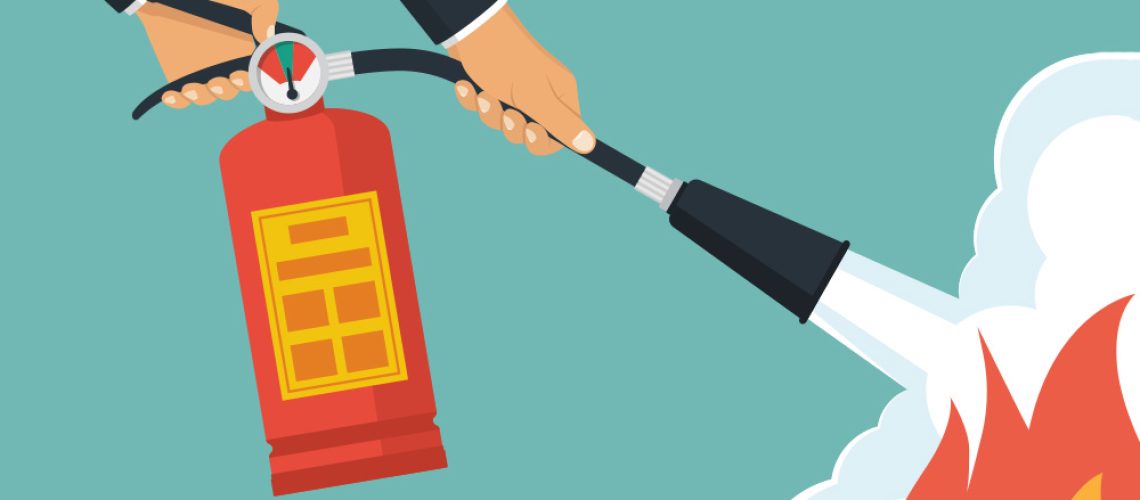Employers generally do not give enough attention to Fire Safety as it is rare that they experience a fire of any magnitude. However, incidents happen and they can have catastrophic consequences for employees and the operation of the business. Here are some aspects to consider when evaluating your fire safety plan.
1. Fire risk assessment
A fire risk assessment should be carried out regularly on your business premises to identify what you need to do to prevent fire and keep people safe. This should also include the preparation of an emergency plan and the provision of training.
2. Fire detection and alarm systems
The fire alarm system needs to designed according to the structure of the building, the operations within the building and the provisions of fire safety legislation for your premises.
3. Emergency lighting
Sudden darkness can be dangerous to occupants of a building and if your main power supply is cut and normal illumination fails, then emergency lighting should take its place. Emergency lighting should operate automatically and provide illumination of a sufficiently high level to enable all occupants to evacuate your premises safely.
4. Fire extinguishers
Companies are required to conduct a survey to ascertain the number and type of extinguishers needed in their business premises. Extinguishers should be near escape routes on all floors and fixed in a position where they can be reached quickly. Extinguishers should be serviced annually by a professional fire protection company.
5. Fire doors
Fire doors slow down the spread of fire and smoke and therefore save lives. They are an important aspect of escape routes and should be kept in good condition and free from obstruction.
6. Signage & escape routes
South African Bureau of Standards approved signs must be used and these need to be simple and easy to interpret for everyone. The signs need to be placed in strategic areas around the building and the exit signs should clearly mark the course that must be taken in the event of a fire.
7. Emergency drill
The purpose of the drill is to make sure every employee understands how to get out of the building in an emergency and what to do when they get outside. To run effective emergency drills, track how quickly every employee can exit and meet at the proper location, and then improve your time during the next exercise. These should be conducted at least twice per annum.
8. Assembly point
Evacuation assembly points should be established for use in the event of an emergency, They should be positioned away from areas that may be affected by fire and not obstruct access for the fire and rescue services.
Contact LabourNet today to assist you with all your OHS needs or to conduct a free risk assessment to check your compliance status!
Not yet a LabourNet client, but would like to know more about our services and products?
Email us: robertn@labournet.com
Visit our website at www.labournet.com

